Discovering Sweden’s history; it is rich in culture, conquest, and transformation. Hunter-gatherers were Sweden’s earliest known inhabitants. They arrived around 12,000 BCE. These ancient communities evolved into more complex societies over time.
By the Viking Age, Sweden had become a formidable seafaring power. This period spanned from the late 8th to the early 11th century. Vikings from this region explored, traded, and occasionally raided across Europe. They left a lasting historical impact.
As the Viking era waned, centralized kingdoms began to rise. By the early 12th century, Sweden started to consolidate under a single monarchy. This established the foundations of the modern Swedish state.
The formation of this monarchy marked Sweden’s entry into European political dynamics. In the late medieval period, Sweden joined the Kalmar Union in 1397. This was a political alliance with Denmark and Norway. The union lasted until the early 16th century.
The Rise of Sweden
The collapse of the Kalmar Union led to internal strife. However, the Vasa dynasty eventually emerged victorious. They founded a powerful state that would soon become a major European player.
The 17th century marked the height of the Swedish Empire. Under leaders like Gustavus Adolphus, Sweden expanded its territories significantly. Sweden became central in European politics and conflicts, notably during the Thirty Years’ War.
The subsequent centuries saw Sweden’s territorial ambitions tempered by conflicts and defeats. This led to a gradual decline of the empire. By the early 19th century, Sweden adopted a stance of neutrality. This stance prominently shaped its modern identity.
Notably, Sweden remained neutral during both World War I and World War II. It used its position to foster significant humanitarian efforts. The 20th century brought modern welfare and political stability to Sweden. Economic and social reforms transformed the nation.
Sweden became a model of a progressive, democratic society. The Swedish welfare state emerged, characterized by extensive social protections and a robust economy. Today, Sweden stands at the intersection of rich historical heritage and forward-looking innovation. It continually shapes its identity on the world stage.
The Swedish People: A Portrait of Sociocultural Identity
The demographic composition of Sweden reveals a rich tapestry of diverse ethnic backgrounds and a robust cultural heritage.
Sweden has a population of over 10 million. Its demographic landscape is marked by both homogeneity and multiculturalism. Ethnically, most Swedes are of Scandinavian descent. However, the nation also embraces significant populations of Finns, Sami, and recent immigrants from various parts of the world. This multicultural influx has enriched Sweden’s societal fabric. It fosters a vibrant blend of traditions and modern practices.
Central to understanding Swedish culture is the concept of ‘lagom,’ a term that captures the essence of balance and moderation. This philosophy permeates various facets of Swedish life, from work environments to social interactions. ‘Lagom’ advocates for neither excess nor deficiency, promoting harmony and contentment—a value deeply ingrained in the Swedish psyche.
Social Cohesion
Sweden is often heralded for its comprehensive social welfare system. This system underscores the country’s commitment to equality and inclusivity. The Swedish welfare state ensures that citizens have access to essential services. These services include healthcare, education, and housing. This reduces economic disparity and fosters a sense of security and belonging.
Sweden’s progressive policies on gender equality reflect this egalitarian approach. Efforts to close the gender gap have made significant strides. Initiatives to encourage shared parental leave and equal job opportunities underscore the nation’s dedication to fairness and inclusivity.
Immigration has played a pivotal role in shaping contemporary Swedish society. Asylum seekers, refugees, and labor migrants have contributed to cultural diversity and economic growth. Sweden’s integration policies aim at fostering inclusivity. They provide access to language education and promote active participation in the labor market and social life.
The Swedish ethos of openness and hospitality stands as a testament to the nation’s resilience and adaptability in an increasingly globalised world. Through lenses of social welfare, balance, and inclusivity, the Swedish people exemplify a unique sociocultural identity. This identity is continually evolving. It reflects both the steadfast traditions of its Scandinavian roots and the dynamic influences of a modern, multicultural society.
Discovering Sweden’s Heritage and Traditions: Preserving the Past
Sweden’s rich cultural heritage and traditions offer a fascinating glimpse into the nation’s soul. Integral to Swedish identity, national holidays and traditional festivals stand as pillars of this cultural tapestry. One of the most cherished celebrations is Midsummer, a festival that marks the summer solstice. Usually held in late June, Midsummer is recognized by its characteristic maypoles, folk dances, and floral wreaths worn by participants. This festival symbolizes the Swedish appreciation for nature and communal joy.
Moreover, another significant tradition is Lucia Day, celebrated on December 13th. Lucia, often referred to as the “bearer of light,” is commemorated with processions led by a girl dressed in white, wearing a crown of candles. The event radiates warmth and togetherness during the year’s darkest days. Additionally, traditional Swedish folk customs, such as the art of ‘fika’—a coffee break often accompanied by pastries—emphasize the value placed on social bonds and relaxation.
Furthermore, Swedish handicrafts, including ‘dalahorses’ and intricate embroidery, highlight the country’s cultural depth. These crafts are not merely decorative but also carry historical significance. Often passed down through generations as family heirlooms, they preserve Sweden’s cultural legacy.
The role of Swedish museums and historical sites is paramount in safeguarding this heritage. Institutions like the Vasa Museum, showcasing the majestic 17th-century warship Vasa, and Skansen, the world’s first open-air museum, serve as living embodiments of Sweden’s history. These venues offer educational insights that ensure future generations remain connected to their roots.
In this way, Sweden’s dedication to preserving its heritage and traditions is evident. Each festival, custom, and craft not only enriches the country’s cultural narrative but also fosters a sense of national pride and continuity. The collective efforts of its people and institutions underscore Sweden’s commitment to honoring its past while paving the way for a nuanced modern identity.
Geography and Natural Landscapes: Exploring Sweden’s Diverse Environment
Sweden, a country located on the Scandinavian Peninsula, boasts a rich tapestry of geographical features that stretch across its vast landmass. From the Arctic wilderness of the far north to the intricate coastal archipelagos in the south, Sweden showcases a diverse and captivating landscape.
To begin with, the northernmost part of Sweden, known as Lapland, is characterized by its dramatic, untamed wilderness. Here, the captivating Scandinavian mountain range, including the highest peak, Kebnekaise, rises majestically. This region experiences extreme climatic conditions, with long, harsh winters and brief, intense summers. Consequently, it creates an extraordinary habitat for unique flora and fauna. Additionally, the midnight sun in summer and the mesmerizing northern lights in winter are natural phenomena that add to Lapland’s mystical allure.
As one moves further south, the landscape transitions into vast, dense forests. These woodlands cover approximately 70% of Sweden’s territory. They are rich with a variety of tree species such as pine, spruce, and birch. This creates an essential ecosystem that supports diverse wildlife, including elk, deer, and an array of bird species.
Moreover, Sweden’s expansive lakes, with Vänern and Vättern being the most notable, are nestled within these forested regions. These lakes not only enhance the scenic beauty but are also vital for the country’s freshwater supply and biodiversity. Thus, Sweden’s geographical diversity offers a captivating and essential backdrop to its natural beauty and environmental significance.

Discovering Sweden’s 267,570 islands!
Sweden has more islands than any toher country in the world! Sweden’s southern regions are known for their rolling hills and fertile plains, reflecting a more temperate climate. The coastal areas, particularly the Stockholm archipelago and the southern regions of Skåne, are dotted with thousands of islands. Each island possesses its own unique charm and ecological significance.
Moreover, these archipelagos offer stunning seascapes and are popular destinations for sailing and fishing. This contributes to Sweden’s rich maritime tradition. Furthermore, Sweden’s commitment to preserving its natural heritage is evident through its extensive network of national parks and protected areas. Renowned parks such as Sarek, Abisko, and Tyresta offer sanctuary for endangered species. They also provide opportunities for sustainable tourism and outdoor recreation.
Additionally, in exploring Sweden’s geography, one cannot ignore its impressive biodiversity. Native plants, wildlife, and marine life thrive across various ecosystems. Consequently, the country serves as a vital haven for biological conservation. Overall, Sweden’s geographical diversity shapes its natural landscape and significantly influences its cultural and economic fabric.
Swedish Cuisine: A Taste of Tradition and Innovation
Swedish cuisine is a fascinating blend of tradition and innovation, deeply rooted in the nation’s history. Influenced by its diverse seasons, traditional Swedish dishes are characterized by their simplicity and reliance on locally-sourced ingredients. This reflects the country’s commitment to sustainability and respect for nature.
Among the most iconic dishes are Swedish meatballs, or “köttbullar,” typically served with lingonberry sauce and creamy mashed potatoes. This beloved comfort food epitomizes the heart of Swedish home cooking. Another staple of Swedish culinary heritage is gravlax, a delicacy made from salmon cured with a blend of salt, sugar, and dill. This process not only preserves the fish but also imbues it with a distinctively delicate flavour. Gravlax is commonly enjoyed as a starter, often accompanied by mustard-dill sauce and crispbread.
Furthermore, the Swedish crayfish party, or “kräftskiva,” is a celebration that highlights the country’s vibrant summer season. Held in August, this festival features boiled crayfish flavoured with dill, enjoyed alongside snaps (a traditional Swedish spirit) and folk songs. This culinary tradition showcases Sweden’s affinity for seasonal, fresh ingredients and festive communal dining.
Discover Sweden’s Culinary Trends
Swedish cuisine has not remained static; it has evolved remarkably over the years. Contemporary Swedish chefs are renowned for their innovative approaches, seamlessly blending traditional flavours with modern techniques. Seasonal ingredients continue to play a pivotal role in contemporary Swedish dishes, with a growing emphasis on organic and foraged produce. Additionally, the rise of street food in Sweden is another noteworthy trend. Food trucks and market stalls offer a variety of dishes, from gourmet hot dogs to innovative vegan fare. This reflects the nation’s progressive palate.
Moreover, the inclusion of international flavours and the reinvention of classic Swedish dishes demonstrate the dynamic and inclusive nature of Sweden’s culinary landscape. Sweden has also made substantial contributions to the global culinary scene. Renowned restaurants such as the Michelin-starred Frantzén in Stockholm have garnered international acclaim. These establishments underscore Sweden’s culinary creativity and its ability to captivate global taste buds.
Music and Entertainment: Sweden’s Global Cultural Influence
Sweden has long been a powerhouse of musical and entertainment influence on a global scale. From its deep-rooted traditions in Swedish folk music to its contemporary pop icons, Sweden’s contributions to the world of music are both profound and enduring.
Folk music in Sweden, which dates back centuries, often incorporates fiddles, accordions, and nyckelharpas (a traditional Swedish string instrument). These sounds are integral to the country’s cultural heritage and have influenced various music genres worldwide.
One cannot discuss Swedish music without mentioning ABBA, the iconic pop group that rose to international fame in the 1970s. Their catchy melodies and distinct style have left a lasting imprint on the global music scene.
Following in ABBA’s footsteps, artists like Roxette, Ace of Base, and more recently, Avicii and Zara Larsson have continued to put Sweden on the musical map. Avicii, in particular, revolutionized the electronic dance music scene, bringing Swedish talent to the forefront of contemporary music festivals and radio charts worldwide.
Sweden’s music festivals, such as the Way Out West in Gothenburg and the Stockholm Music & Arts Festival, attract global audiences and feature diverse line-ups that encompass various genres. These festivals highlight Sweden’s commitment to fostering a vibrant musical environment, offering platforms for local and international artists alike.
Music is not just an industry in Sweden; it’s a significant part of everyday life. Music education is an essential component of the Swedish curriculum, and choirs and bands thrive in communities across the country.
Beyond music, Sweden has made notable contributions to film and literature. Directors like Ingmar Bergman have shaped global cinema, while authors such as Astrid Lindgren and Stieg Larsson have left indelible marks on literary landscapes. Swedish series like “Wallander” and “The Bridge” have garnered international acclaim, further showcasing the country’s formidable presence in entertainment.
In conclusion, Sweden’s cultural influence through music and entertainment is indisputable. Its ability to blend tradition with modernity has created a unique and enduring cultural footprint that continues to resonate worldwide.
Swedish Fashion and Design: Minimalism and Innovation
Sweden has carved a prominent niche in the global fashion and design landscape, renowned for its minimalist aesthetics and innovative approaches.
The essence of Swedish design is marked by clean lines, functionality, and a deeply rooted commitment to sustainability. This unique blend has positioned Sweden as a leader in fashion and design, earning worldwide acclaim and influence.
Swedish fashion is often characterized by its minimalistic approach. This aesthetic emphasizes simplicity, elegance, and practicality, eschewing ostentation in favor of refined, understated beauty.
Iconic brands like Acne Studios, H&M, and Cos epitomize this philosophy, creating clothing that balances chic modernity with timeless appeal. These brands are not just about style; they represent a lifestyle and ethos that values quality and deliberate, thoughtful design.
Innovation in Swedish fashion and design extends beyond aesthetics. A significant focus is placed on sustainability and ethical practices. Swedish brands are pioneering in their adoption of environmentally friendly materials and processes.
For example, Filippa K is renowned for its commitment to circular fashion, promoting durability and recycling to reduce environmental impact. Similarly, Nudie Jeans advocates for transparency and ethical production, offering free repairs to extend the lifecycle of their products.
Prominent Swedish designers like Ann-Sofie Back and Martin Bergström are celebrated not only for their creative talents but also for their unwavering dedication to sustainable and ethical fashion. Their work often highlights the importance of conscientious consumption and the role of fashion in addressing global environmental challenges.
Sweden’s dedication to greener fashion is further reflected in initiatives such as the Swedish Fashion Council, which supports sustainable development within the industry.
Programs like these underscore Sweden’s role in championing green and ethical fashion, setting an example for other nations to follow.
In summary, Swedish fashion and design stand as a testament to the power of minimalism and innovation. Through a commitment to sustainability, functionality, and timeless style, Sweden continues to influence and inspire the global fashion scene.
Modern Swedish Architecture: Blend of Functionality and Aesthetics
Contemporary Swedish architecture is a compelling example of how aesthetics and functionality can seamlessly coexist. This synergy is evident in the numerous architectural landmarks that dot Sweden’s urban and rural landscapes, showcasing a design philosophy that prioritizes simplicity and utility while retaining a sense of refinement and beauty.
From the modern structures in Stockholm’s urban center to the innovative residential projects in smaller towns, Swedish design is marked by its clean lines, uncluttered spaces, and a profound respect for natural light and the surrounding environment.
One such architectural marvel is the Turning Torso in Malmö, a striking example of innovative design. This residential skyscraper, designed by Spanish architect Santiago Calatrava, twists as it rises, creating a dynamic and visually captivating structure.
It melds avant-garde design with practical living spaces, embodying the Swedish ethos of form and function. Similarly, Stockholm’s Ericsson Globe, the largest hemispherical building in the world, offers a combination of cutting-edge design and operational efficiency, serving as a venue for various sports and entertainment events.
The integration of technology and sustainable practices is another hallmark of modern Swedish architecture. Sweden is at the forefront of sustainable building practices, with many new buildings incorporating green roofs, solar panels, and advanced insulation techniques to minimize environmental impact.
The KTH Live-In Lab in Stockholm, for instance, is a testing site for sustainable housing technologies that aim to significantly reduce energy consumption in residential buildings.
Furthermore, modern Swedish architecture often reflects and supports the Swedish way of living, which emphasizes a high quality of life, environmental consciousness, and a connection with nature.
This is evident in the widespread use of natural materials like wood and stone, which not only blend harmoniously with the Nordic landscape but also promote a sense of warmth and tranquility within living spaces.
Overall, modern Swedish architecture is a testament to the nation’s innovative spirit and commitment to sustainable living. It stands as a perfect amalgamation of functionality, minimalism, and aesthetic appeal, offering a unique perspective on how built environments can enhance the quality of life while being mindful of environmental impact.
The Swedish Lifestyle: Balance, Sustainability, and Well-being
The Swedish lifestyle is an exemplary blend of balance, sustainability, and well-being, making it a model worth examining. Central to this way of life is the principle of “lagom,” a Swedish term referring to moderation and balance.
Lagom permeates everyday life, ensuring that work and leisure, family and personal time, are all given their due importance. This balance extends to family life, where both parents typically share child-rearing responsibilities and have access to generous parental leave policies.
Swedes have a profound connection with nature, illustrated by their outdoor culture. Activities such as hiking, cycling, and skiing are integral parts of daily life, reflecting the nation’s appreciation for its diverse landscapes, from lush forests to expansive archipelagos.
The concept of “allemansrätten” (the right of public access) allows everyone the freedom to roam the countryside, highlighting the communal respect for nature and the outdoors.
Sustainability is not just a buzzword in Sweden; it’s a practiced way of life. The country leads in environmental awareness with robust recycling programs and widespread use of renewable energy sources.
In everyday practices, this commitment translates to a preference for public transportation, cycling, and reducing waste. Public policies encourage energy efficiency in homes and businesses, promoting a greener lifestyle across the nation. Sweden’s cities are often greener and more pedestrian-friendly compared to global counterparts, reinforcing the societal commitment to sustainability.
Well-being in Sweden encompasses more than physical health; it includes mental and emotional wellness, supported by a culture that values “fika” – a daily coffee break that encourages socializing and relaxation.
This simple, routine pause underscores the importance of taking time for oneself and others, fostering community bonds and reducing stress.
Overall, the Swedish lifestyle, characterized by its balance, sustainability, and emphasis on well-being, contributes significantly to the high quality of life enjoyed by its residents.
Through daily habits, community practices, and a deep respect for the natural environment, Sweden sets a benchmark for a harmonious and fulfilling way of life.
Sweden’s Place in the Modern World: Innovation and Global Influence
Sweden, renowned for its historical richness and cultural depth, significantly contributes to the contemporary global arena through various avenues. One of the most prominent is its prodigious role in innovation and technology.
The country is often viewed as a breeding ground for technological startups and has given rise to globally recognized companies like Spotify, Ericsson, and Volvo. Sweden’s strategic investment in research and development ensures that it remains at the cutting edge of technological advancements, fostering a culture of continuous innovation.
Environmental sustainability is another domain where Sweden excels. The nation has set an exemplary standard with its ambitious targets for renewable energy and carbon neutrality.
Sweden’s pioneering efforts in green technologies, such as wind farms and bioenergy, have not only contributed to its robust environmental policies but also provided a model for other countries seeking sustainable solutions. Stockholm’s eco-friendly initiatives and the well-integrated waste management system underscore this commitment, positioning Sweden as a leader in the fight against climate change.
On the diplomatic front, Sweden is known for its active participation in international organizations and its steadfast advocacy for human rights, global peace, and social justice.
The country’s neutral stance in global conflicts often allows it to act as a mediator, promoting dialogue and fostering cooperation between nations. Swedish diplomats have played critical roles in peace negotiations, reflecting the country’s dedication to maintaining global stability.
Sweden also influences international policies through its progressive stance on various global issues such as gender equality and refugee rights. By championing inclusive policies and egalitarian principles,
Sweden has set precedence in areas where many nations still lag. Its commitment to upholding democratic values and fostering inclusive societies underpins its influence in shaping international norms and legislation.



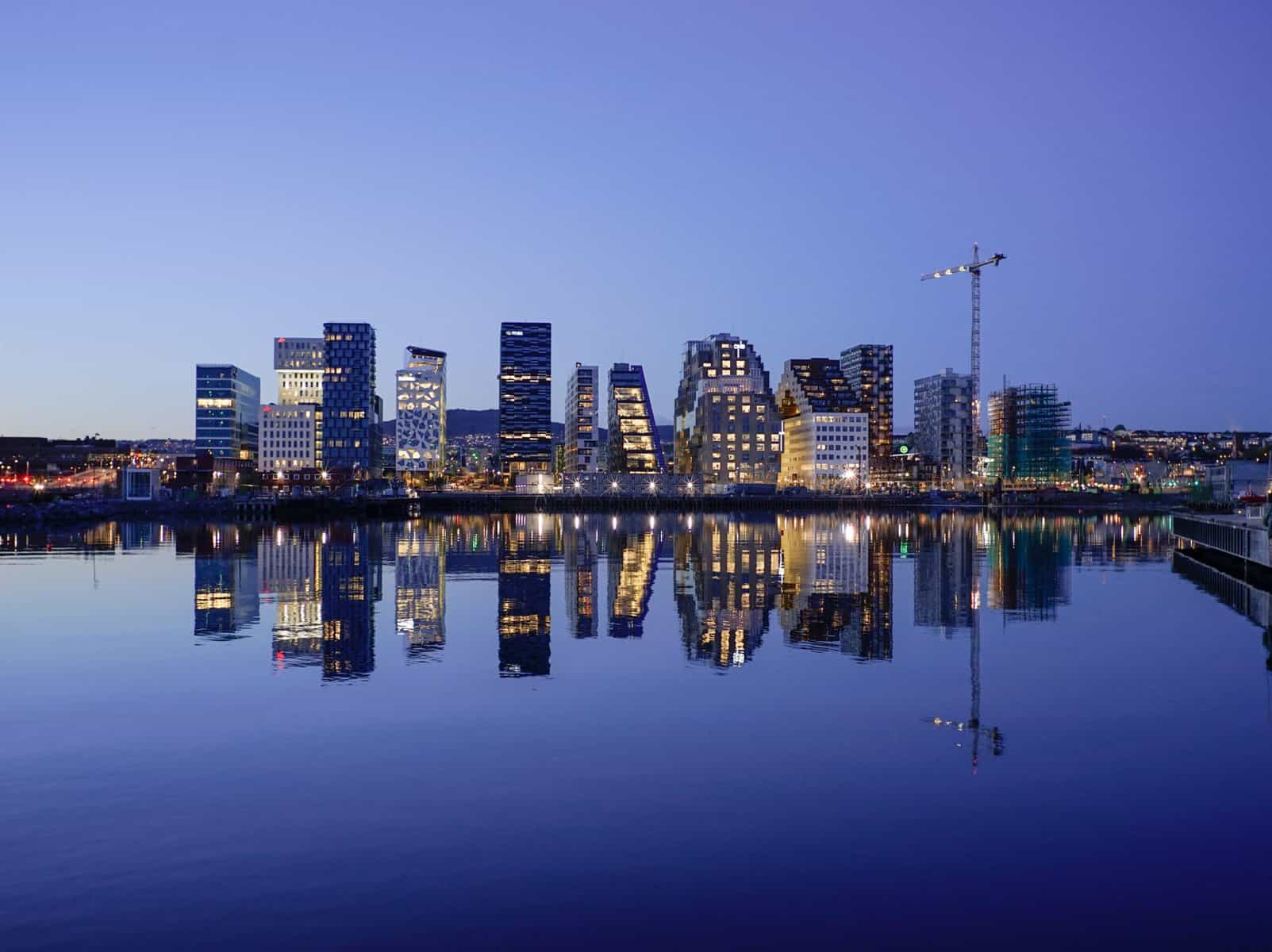
 Marvel at the striking design of this contemporary masterpiece and enjoy panoramic views from its rooftop. The Oslo Opera House is known for its angular architecture emerging from Oslo Fjord, designed by Snøhetta. The architects aimed to create a public space on the roof and integrate natural beauty with the city.
Marvel at the striking design of this contemporary masterpiece and enjoy panoramic views from its rooftop. The Oslo Opera House is known for its angular architecture emerging from Oslo Fjord, designed by Snøhetta. The architects aimed to create a public space on the roof and integrate natural beauty with the city.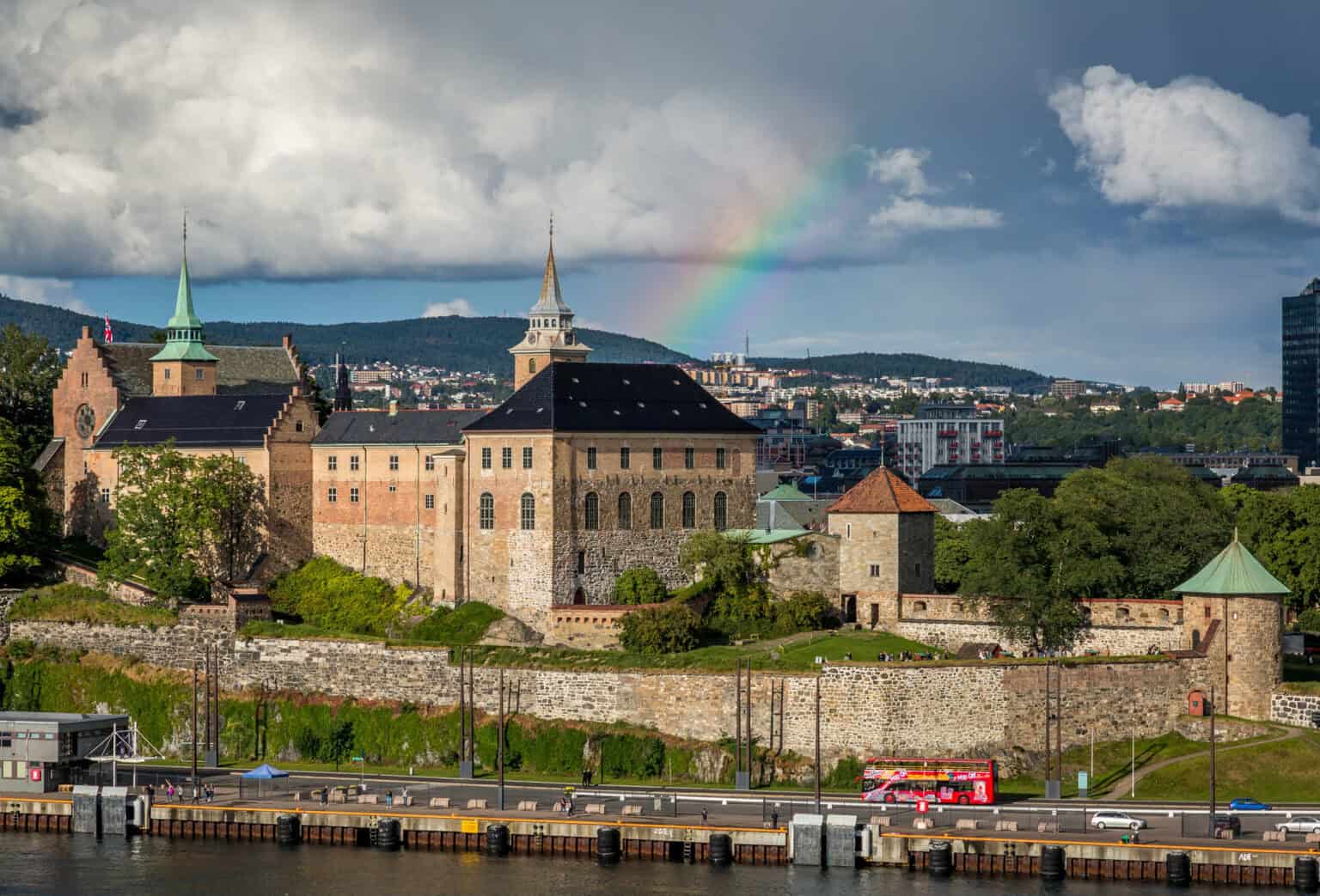
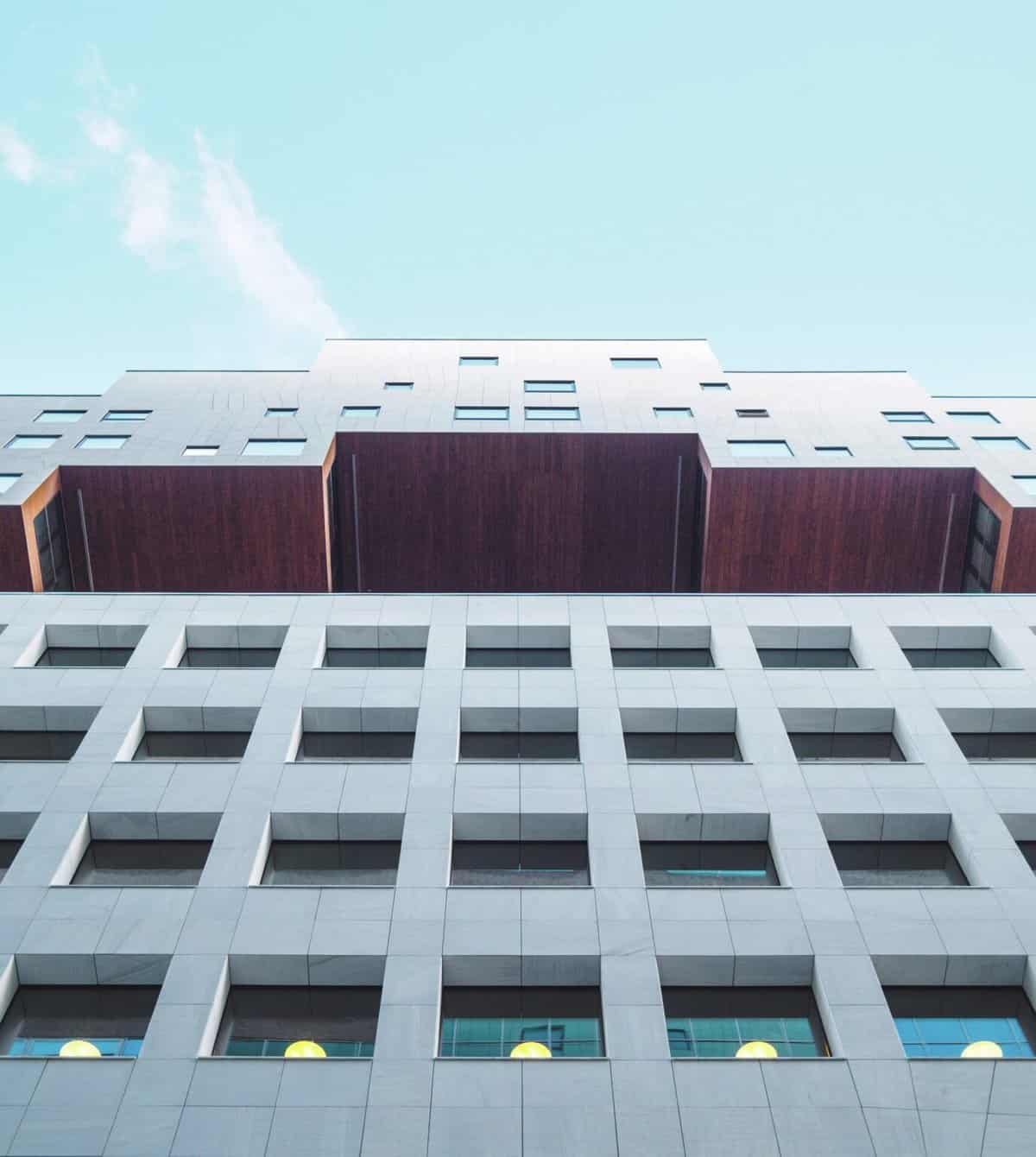

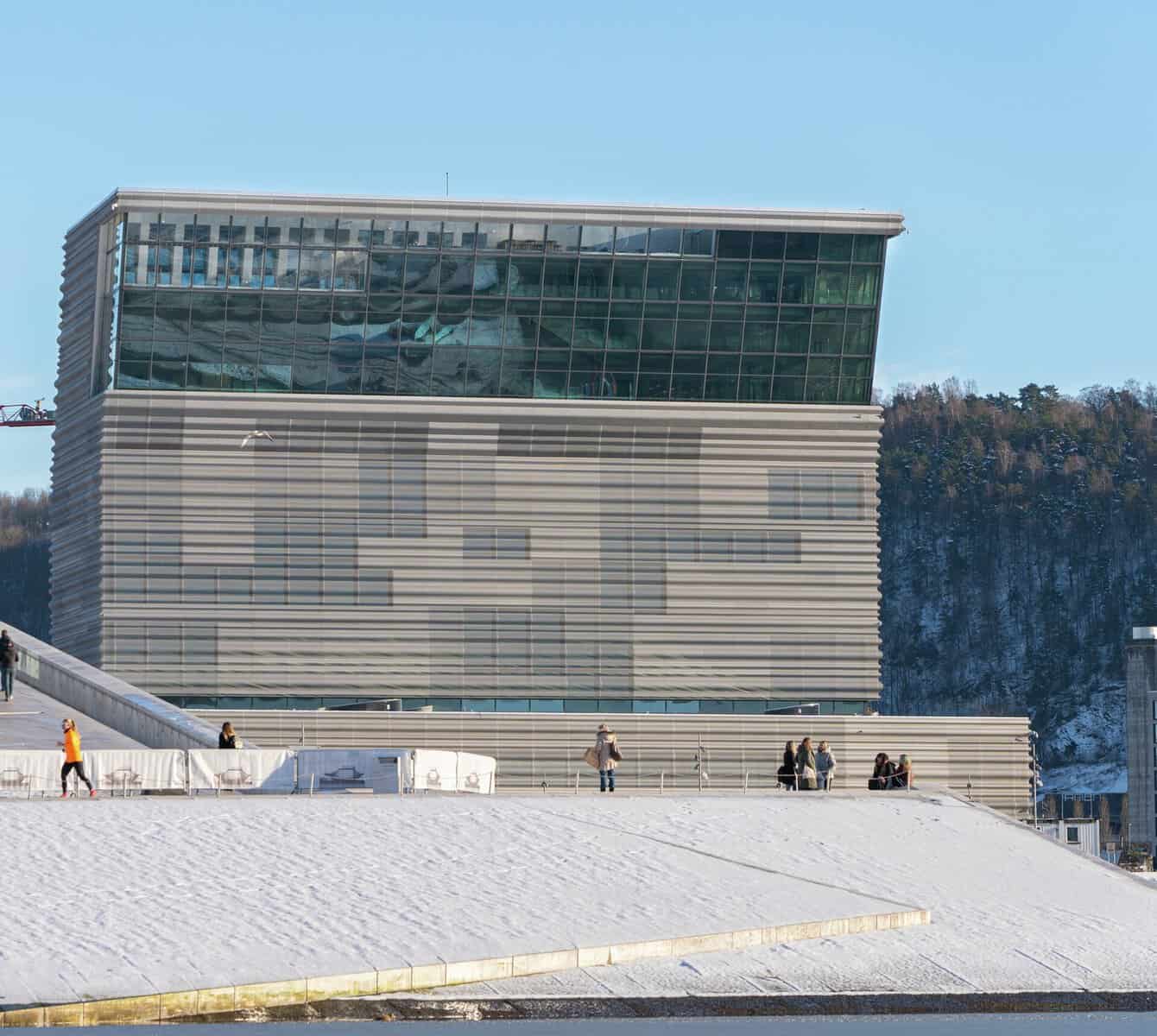

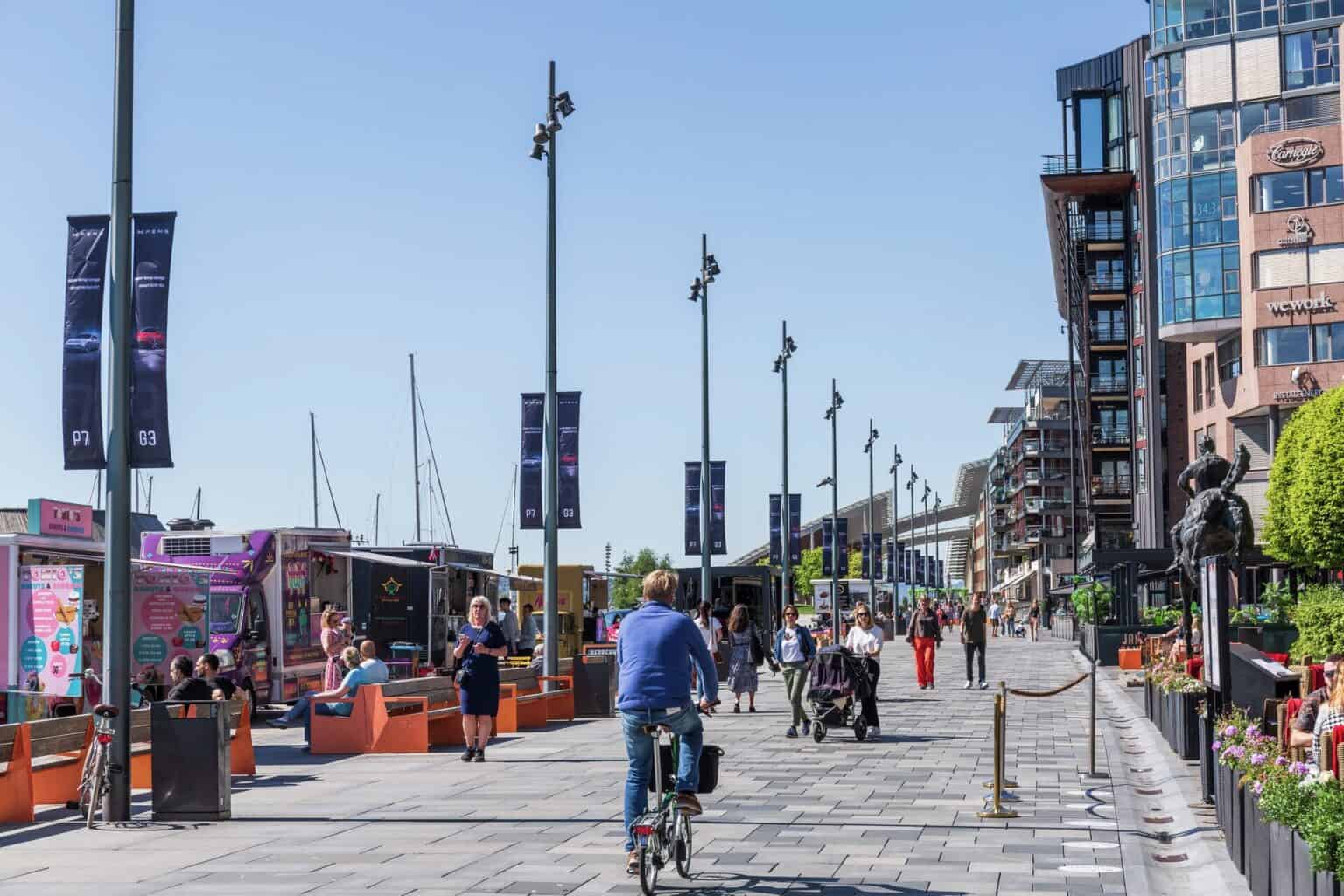
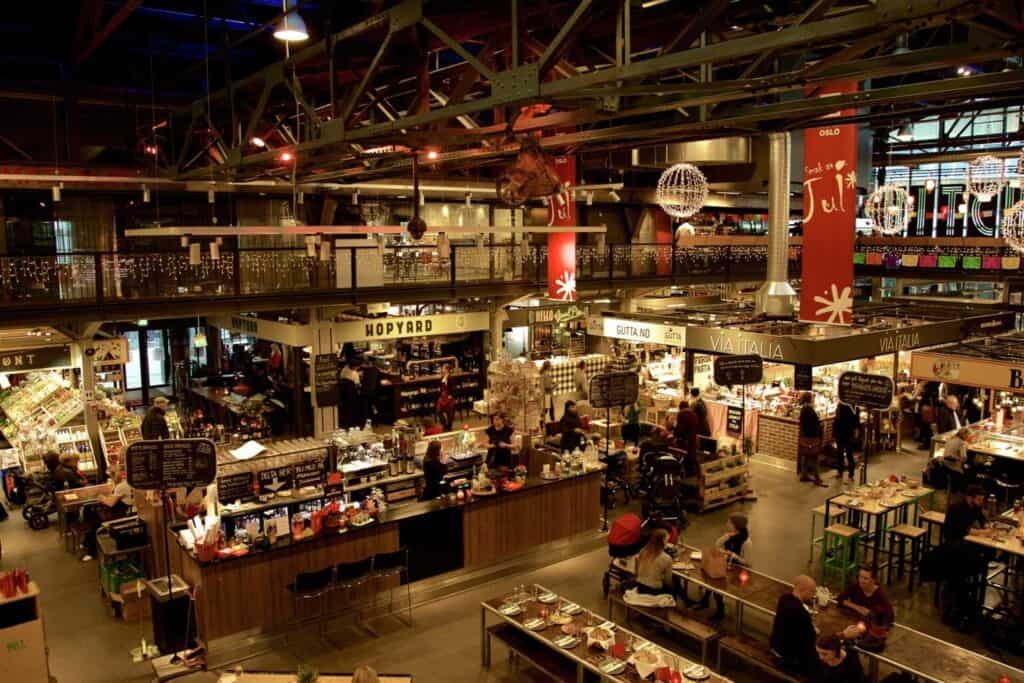




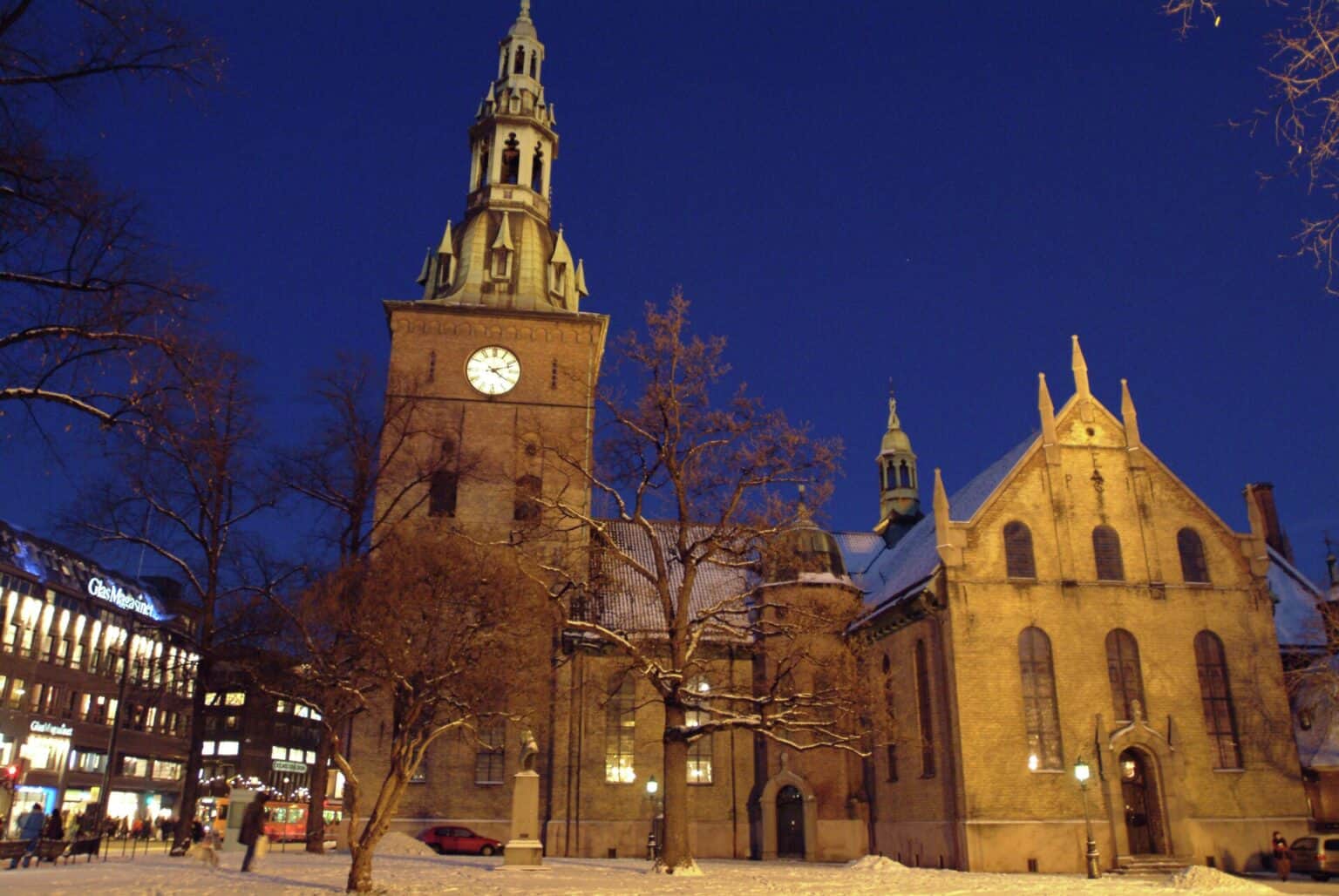 Visit this stunning cathedral, known for its beautiful stained glass windows and serene atmosphere.
Visit this stunning cathedral, known for its beautiful stained glass windows and serene atmosphere.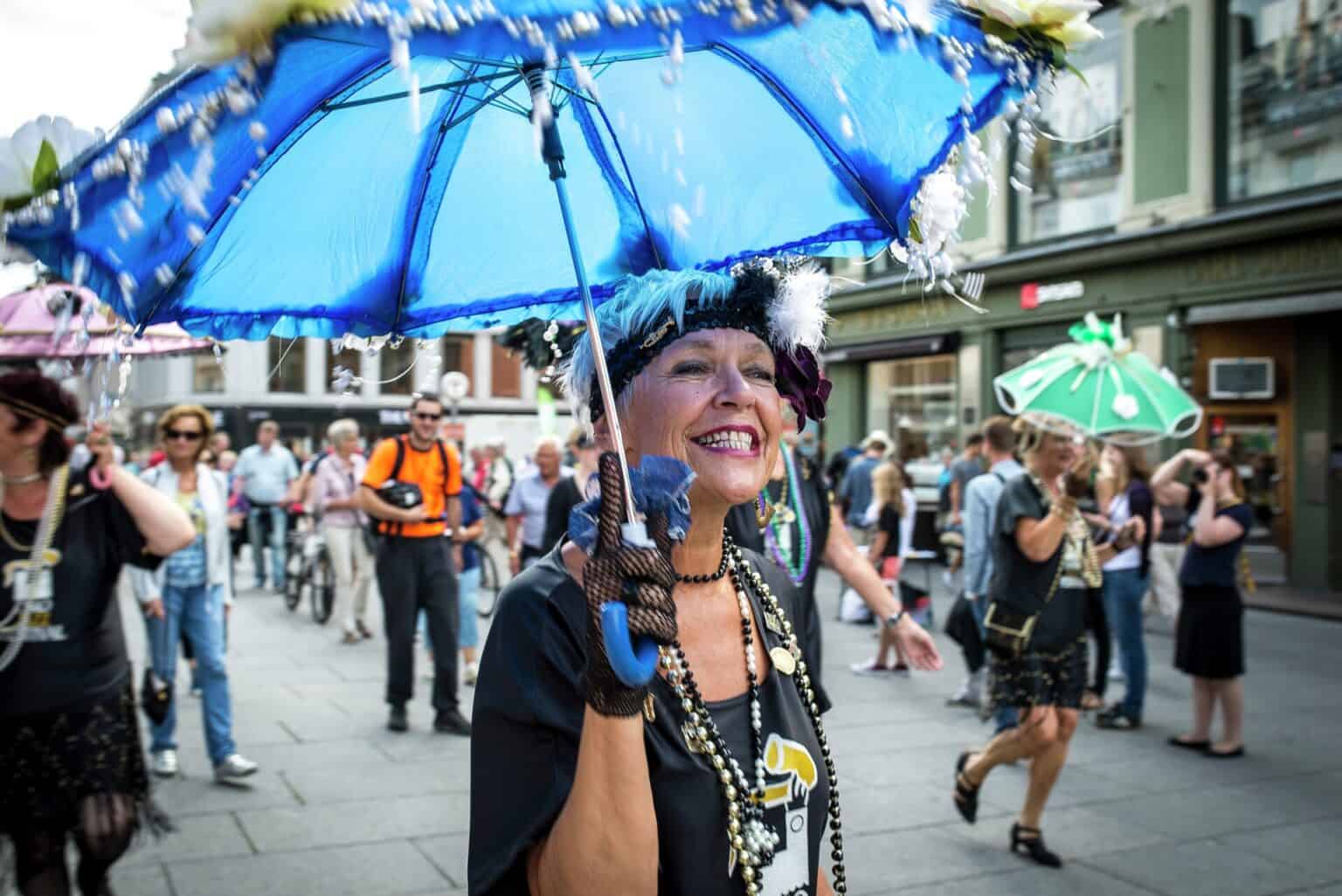
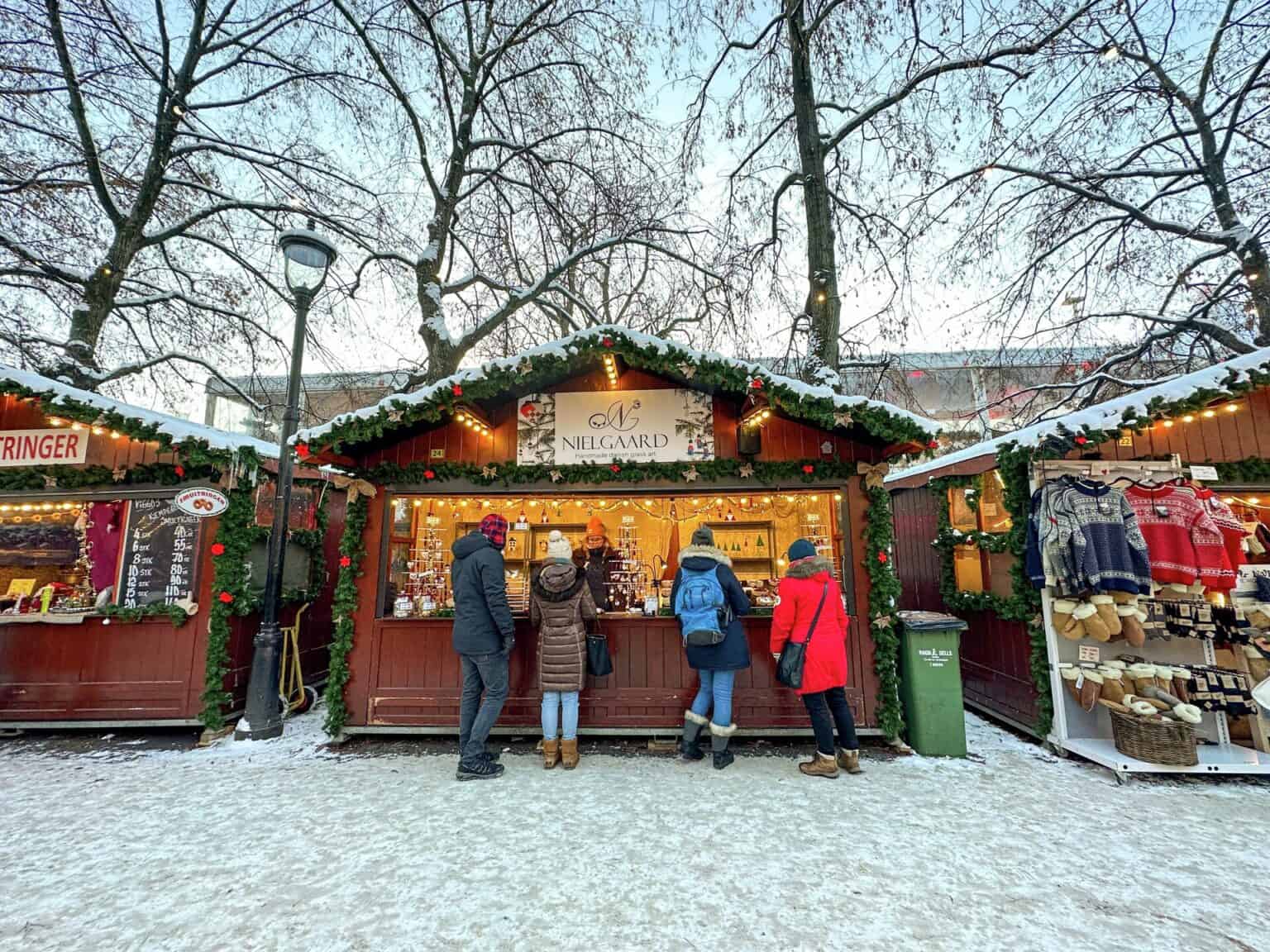
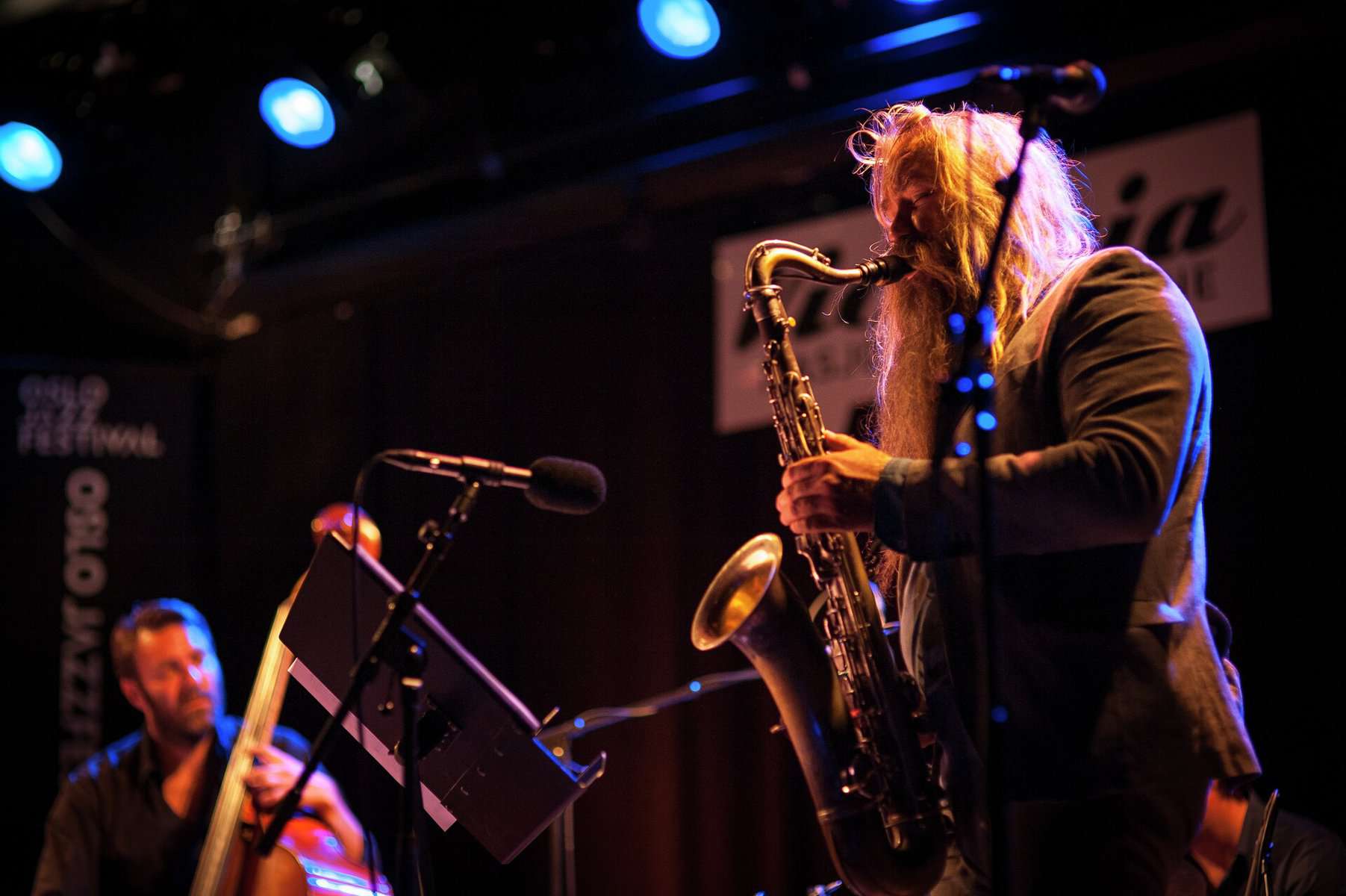
 In this introduction to Nordic music, we explore the traditions and cultural roots of Nordic music and where it is today on the world stage, so to speak.
In this introduction to Nordic music, we explore the traditions and cultural roots of Nordic music and where it is today on the world stage, so to speak.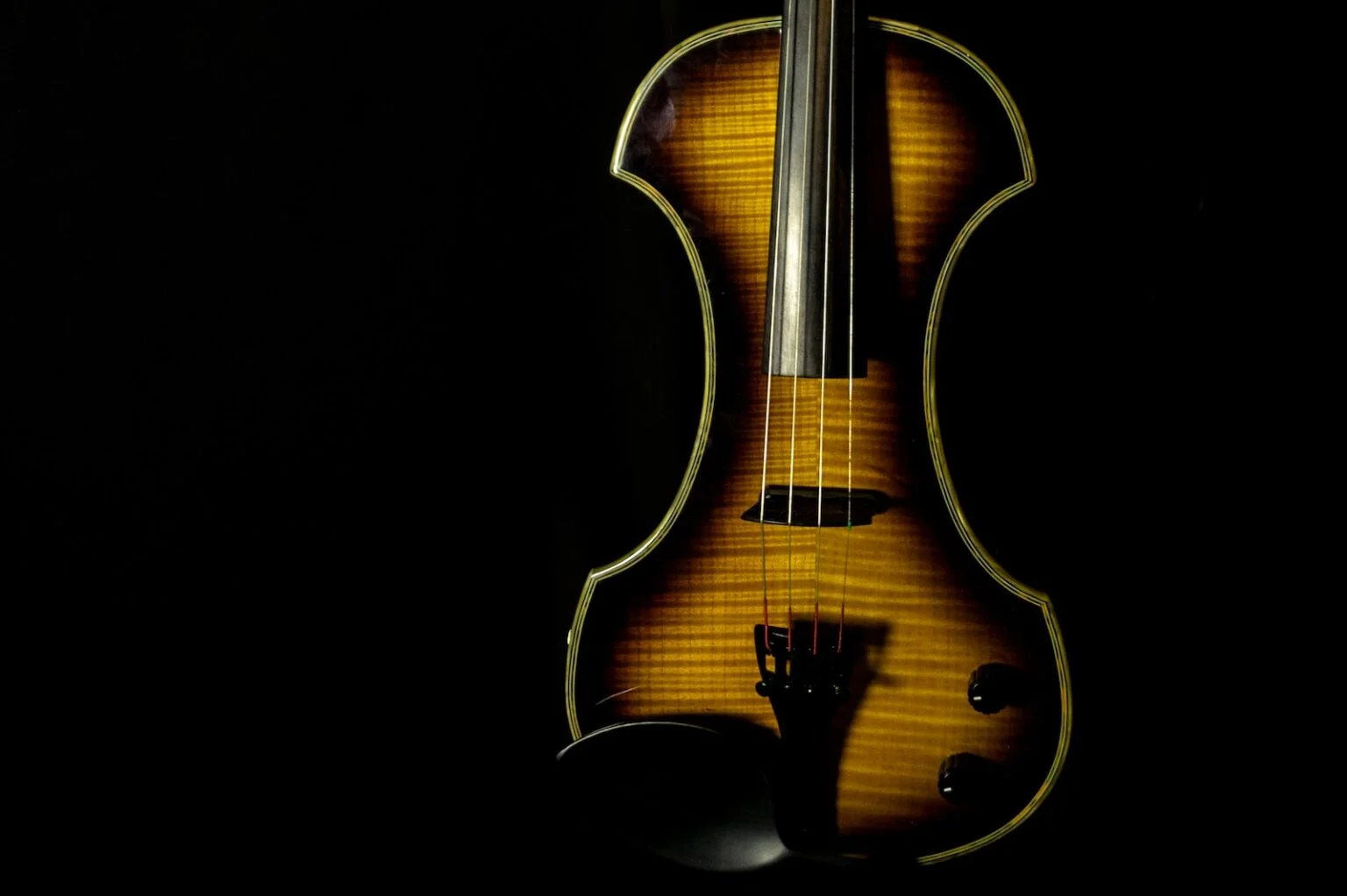
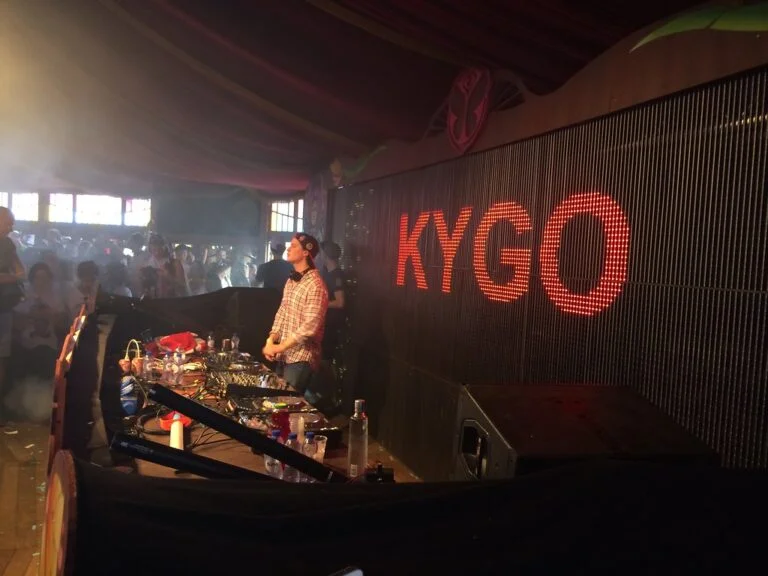 Today, contemporary artists like
Today, contemporary artists like 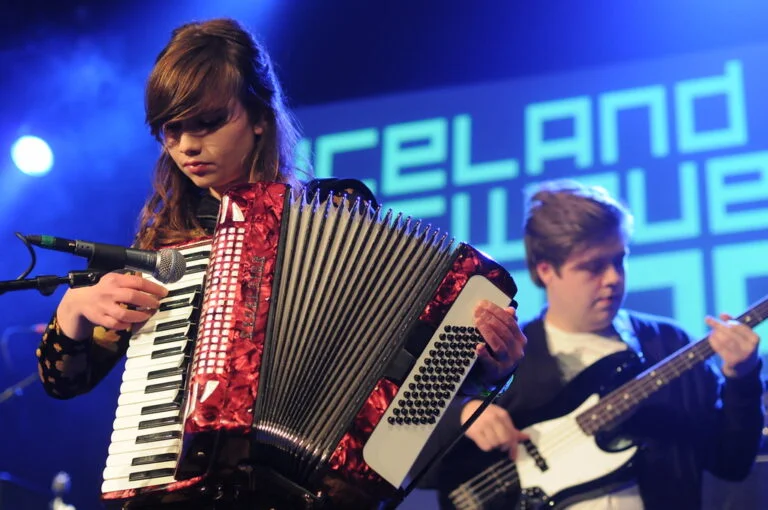 Held in Reykjavik, Iceland, the
Held in Reykjavik, Iceland, the